If you have read the previous post about the Ricoh GR1 series of cameras, you might be under the impression that I had fallen out with the Ricoh GR1v? Well, this isn’t the case! Despite everything I went through in my blind (and possibly stupid) pursuit of a fully functioning Ricoh GR1v it has still most definitely been worth it in the end.
A bit of background on these GR1 family first…
I will touch on some of this cameras features in this post, especially those that are above and beyond that of the original Ricoh GR1, but as I covered most of the basics in an earlier post, it might be a good place to start if you don’t know a great deal about this camera series. You can read my early thoughts on the original Ricoh GR1 here.
Before I get on to the ‘v’ variant of this camera, it is also worth mentioning that the Ricoh GR1s offered a few upgrades over the original, although they are fairly minor, they should be acknowledged. Firstly, a new coating was added to the lens. I can’t say that I shot the first Ricoh GR1 a particularly large amount. But in looking at the photos I did shoot with it, when compared to what I have shot with the later models, I can’t see any difference! Certainly nothing that I could pin down as a difference in lens coatings! I’m sure Ricoh had their reasons … ?
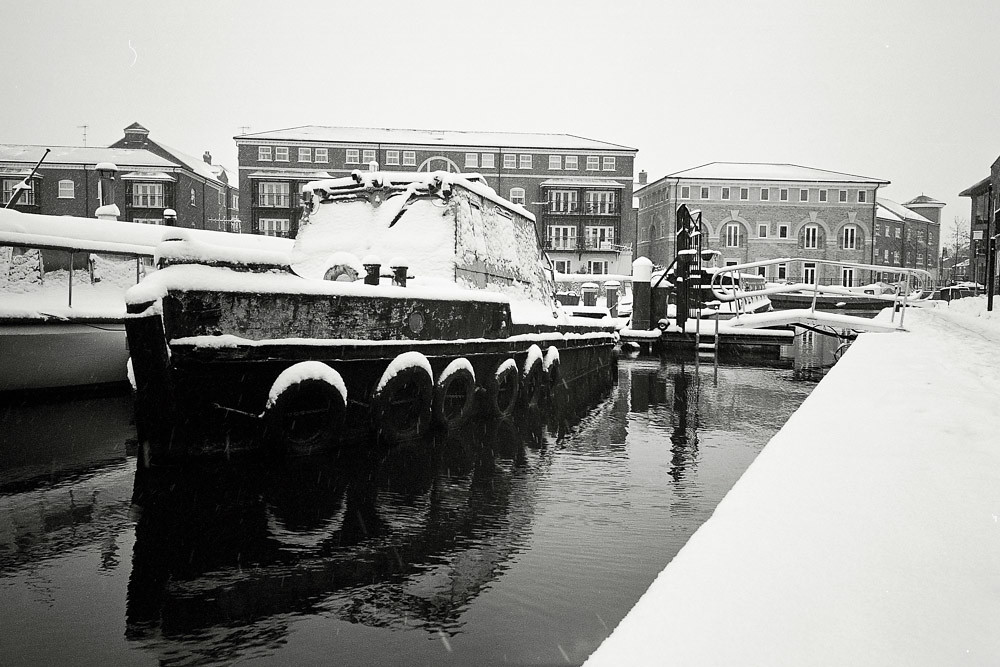 Taken with the original Ricoh GR1
Taken with the original Ricoh GR1
They also added a filter/hood mount to the front of the lens. I have a hood, but it makes the camera annoyingly shaped so I don’t use it! And I don’t use filters on any camera, never mind a camera like this. I’m also pretty sure the filters don’t come particularly cheap, though I haven’t looked frequently, cameras that have them as part of a bundle on eBay seem to go for a good bit more!
Lastly there was added an auto-illuminating screen which illuminates at half press of the button. (Though I could have sworn my GR1 did this, when double checking my info for writing this article I keep finding this as something added to the ‘s’ – and as the original is the only one I no longer have access to, I can’t check!)
From the GR1s, and on to the Ricoh GR1v
There were also a few improvements made to the Ricoh GR1v over the first and second generation models. Of theses final improvements, the primary one for me is the manual ISO override. I’m not really a fan of DX coding, it’s ok for the cheapy point and shoots of the world, it just strikes me as a bit unnecessary on cameras designed for folks who have some idea of what they are doing? If you like to push/pull your film you are probably aware of how easy it is to override the DX coding with a bit of tape/something sharp, but I suppose having a switch and a couple of buttons does make it easier. And then of course for the odd roll of film that isn’t coded it’s useful! One way or another manual ISO setting is a plus point for me, however minor it is in the grand scheme of things!
Additionally the Ricoh GR1v has an auto-bracketing mode, a joy for some I’m sure, but not something I will likely ever use! And lastly it included the facility to change the “snap” focus distance effectively giving the user a very basic manual focus option. It is a bit fiddly to use and of fairly questionable usefulness day-to-day, but it does open up a few more manual control options to the user. And to be fair, snap mode does make the camera incredibly fast to operate!
These extra features aside it has become clear in the year since I first picked up a Ricoh GR1 that there really are only a few factors that keep driving me to pick it up again:
Form
The first thing the really endears me to this camera is it’s size and weight. It is one of the only cameras I own that I feel can completely disappear into my clothing without having any affect on me. It’s so thin and so light, I just don’t feel like I am carrying anything. But what is really outstanding about this camera’s physical form is that despite this size it remains one of the best handling cameras I have ever used. The grip is perfect in its proportions, and the viewfinder for all it’s other faults always feels like it’s in the most natural position when you raise the camera to your eye! This camera, to my mind is quite the achievement of industrial design, and it really surprises me that more manufactures didn’t go down a similar design path – so many of it’s contemporaries, and indeed cameras since fail so badly in their ergonomics by comparison!
Flash
If you read my first review of the original GR1 you will have read me briefly gloss over the flash modes of this camera with some comment about me not really using flash much. Well I suppose it’s fair to say that this camera is responsible for changing my views on direct flash photography. I’m not the biggest fan of shooting with a direct flash with my digital cameras, nor does shooting colour film and flash do much for me. But with a roll of XP2 loaded into the GR1v I’m happy as can be! The flash control is also a stroke of elegance and genius! You would have thought this would be an obvious choice for controlling the flash on a compact camera, yet so many cameras don’t have it. The “flashmatic” flash on the Contax T2 only works in program mode, the klasse w is driven by a fiddly menu, the oly mju-ii has a button and a flash mode that resets on power down. The Ricoh on the other hand has a switch, a simple three-way switch… On/off/auto … No resetting, no silly menu, in one simple glance regardless of other settings the mode can be seen! Brilliant!
 A shot from a stag weekend – it was the results from this weekend that made me love the flash – more here (caution, hedonistic behaviour … ;))
A shot from a stag weekend – it was the results from this weekend that made me love the flash – more here (caution, hedonistic behaviour … ;))
Lens
I spoiled myself early on with the Ricoh. I shot with the Yashica T5 and was amazed at the quality then before long I was shooting with the Ricoh. I didn’t really give my self a chance to appreciate many not-so-good lensed camera… Of which there are many! After a year of playing with all sorts of cameras I look back at the shots I was getting with the Ricoh and find my self wondering how I didn’t notice just how good they were! It’s fair to say, the Ricoh sits definitively in the camp of very good lensed cameras! It’s so good in fact that I would say it out-performs my v3 35mm Summicron; it doesn’t flare as much, doesn’t distort as much, and produces results that subjectively speaking as easily as sharp!
It also has the advantage of being able to focus down to 35cm, which although not often taken advantage of, I do find with a lens this wide it’s nice to have!
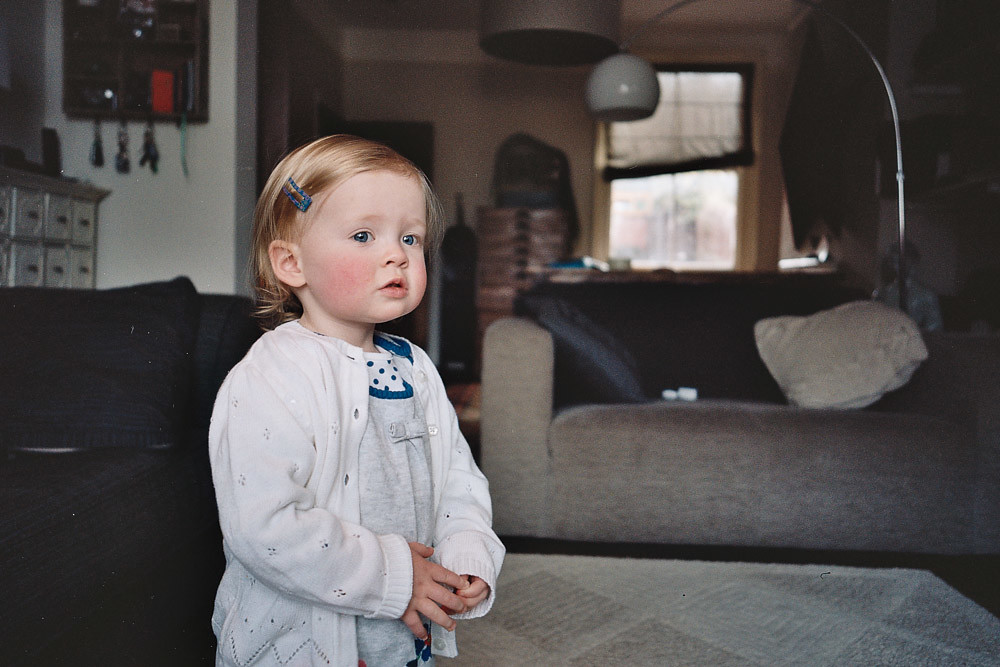 From the original GR1 and portra 160, supurb quality even with the lens wide open!
From the original GR1 and portra 160, supurb quality even with the lens wide open!
Function
In terms of its function, it is pretty limited, but for a compact camera it’s got a very well thought out feature set! Ok, it does annoying things like when in program uses longer shutter speeds and smaller apertures at times when you might hope it wouldn’t … but this is easy to override with the aperture control dial.
Where the Ricoh GR1v excels for me is where many cameras like it seem to fail. The aforementioned flash control is a good example of this! Just like the Contax T2, but in very different ways, the Ricoh GR1v feels like a very well thought out set of compromises to make a camera that is very well suited to day-to-day shooting!
In my pocket
I’ve been thinking recently about buying another 28mm lens for the Leica. I already have two of the things; a CV 1.9 and a CV 3.5. Ones a bit big, ones a little slow for the general use I have a need for. But whilst thinking about buying a 28mm I realised, I don’t need one whilst I have the GR1v!
The Ricoh is a great camera in isolation, but having such a small camera partner an already fairly discrete rangefinder is a brilliant thing! Carried alongside the rangefinder, the Ricoh GR1v gives me that extra width of fov over the 35mm should I need it, adds the option for that flash I’ve grown to appreciate when the light is too low, it adds closer focusing than any rangefinder can muster with the focal length I most often notice I need it. Not to mention it giving me the option for shooting a second type of film. It is the ideal 28mm lens for the Leica, it just so happens to have a camera of it’s own on the back of it!
 Taken with the GR1s displaying very little, if any lens distortion
Taken with the GR1s displaying very little, if any lens distortion
In your pocket
I mentioned in my last review, the one for the Klasse W, that I felt I had gotten better a recommending cameras based on who I felt they were most suited to. It’s quite simple with the Ricoh GR1, if you like shooting 28mm, you want a quick, very pocketable camera it’s probably for you. But notice I say GR1, not necessarily the GR1v, if you are thinking about this camera family, and considering the later ‘v’, take heed of my words in the previous post, it can be an expensive path to walk down! Ok, not everyone will have the poor luck that I did but bare in mind I have never possessed a Ricoh GR1v that worked perfectly prior to me having to chuck cash at a fix… That’s not to say that the ‘v’ is any more likely to be broken, it’s just the model that demands the highest initial investment, and therefore the greatest disappointment if it fails. It’s also worth thinking long and hard about whether or not the extra features the later models bring! As you can possibly tell, I’m not convinced that the Ricoh GR1v and it’s 6 features over and above that of the GR1 makes it worth the extra cash! This is of course, just for my personal requirements, any one of those features might be worth the extra cash to someone else.
The last and possibly most important thing worth considering prior to purchase is the reparability of the various versions. I made the mistake of sending my camera to a UK based third party (seemingly a bit dodgy) repairers. I had mistakenly thought that this was my only option after misunderstanding a tweet from Bellamy of Japan Camera Hunter; I read that Ricoh were no longer repairing the GR1 and thought that meant all models. This is not the case! In fact according to Bellamy, Ricoh should continue to repair the ‘s’ and ‘v’ until the end of this year (2014). (Edit: Ricoh no longer repair the Ricoh GR1v) If I had realised this, I could have saved myself a lot of faff! In fact, I probably should have just bought one from Bellamy in the first place… You live and learn!
But faff is what I did suffer! I had, and still have a GR1s that was, and is perfectly good… and only cost me £50! But given the option to stick or twist, I took the gamble and walked what turned out to be a very expensive and frustrating path to find this all out! But it’s a path I have walked over the course of a year where I have probably learned more about myself as a photographer than any year prior. I’ve realised I lot about what I need from a camera as a tool, and whilst I will definitely continue to play with other cameras for the joy of doing so, when push comes to shove (at least until something else knocks it off its pedestal … Or it breaks down again …) the Ricoh GR1v is a tool that I feel is indispensable for my shooting needs! And as such, without any doubt, has a place in my primary kit bag!
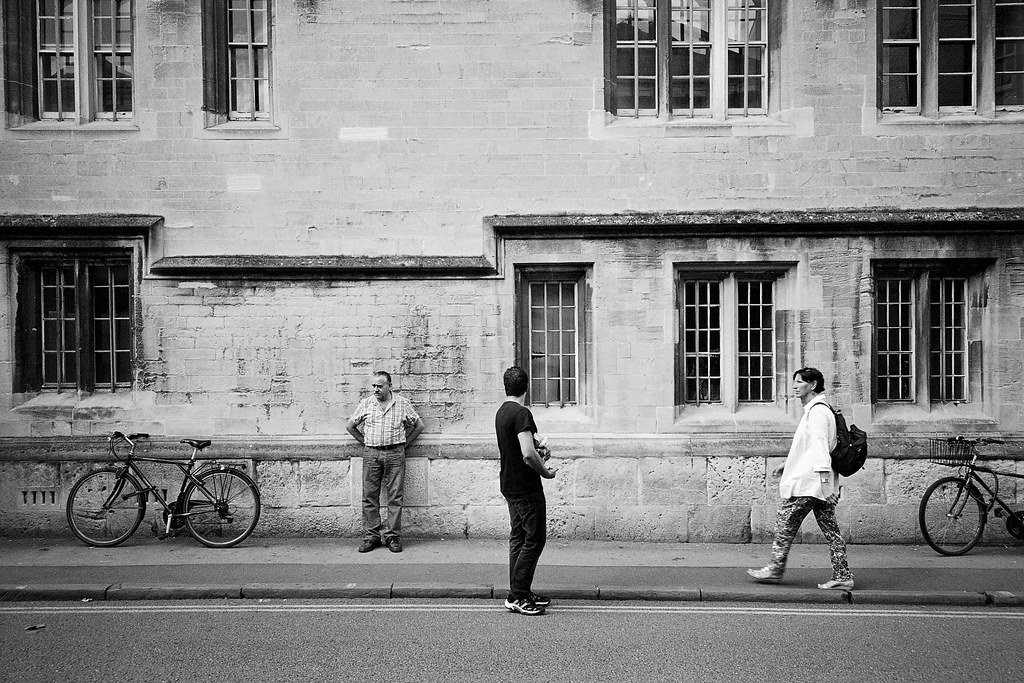 A shot from a trip day trip to Oxford.
A shot from a trip day trip to Oxford.
Cheers for reading
Hamish
Here you can find a good few more shots of mine from the Ricoh GR1 series of cameras
If you are interested in the Ricoh GR1v you might also find the Contax T2 and the Minolta TC-1 of interest, the latter being the best 28mm compact camera ever made in my opinion – A camera that I owned and reviewed subsequent to my experiences with the Ricoh GR1v
More reading:
Review: The Ricoh GR1v – Ming Thien
The Ricoh GR… A buyers Guide – Japan Camera Hunter
Share this post:
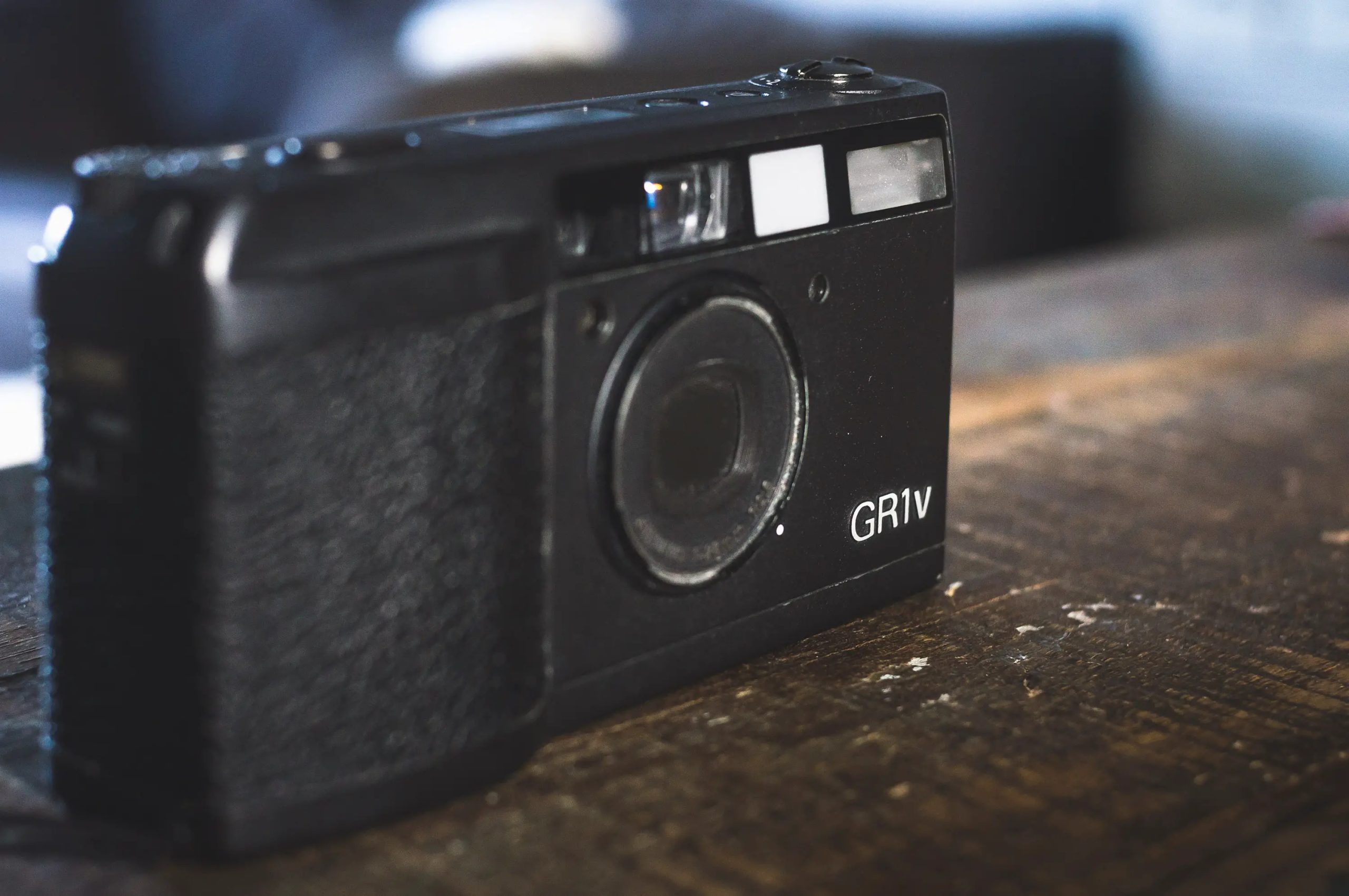

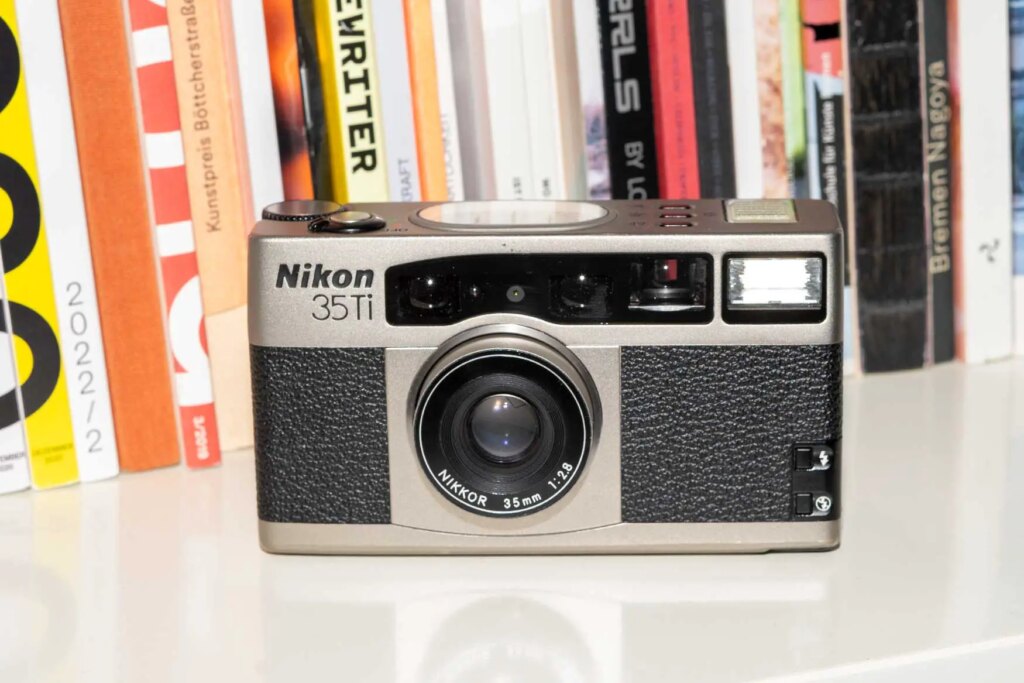
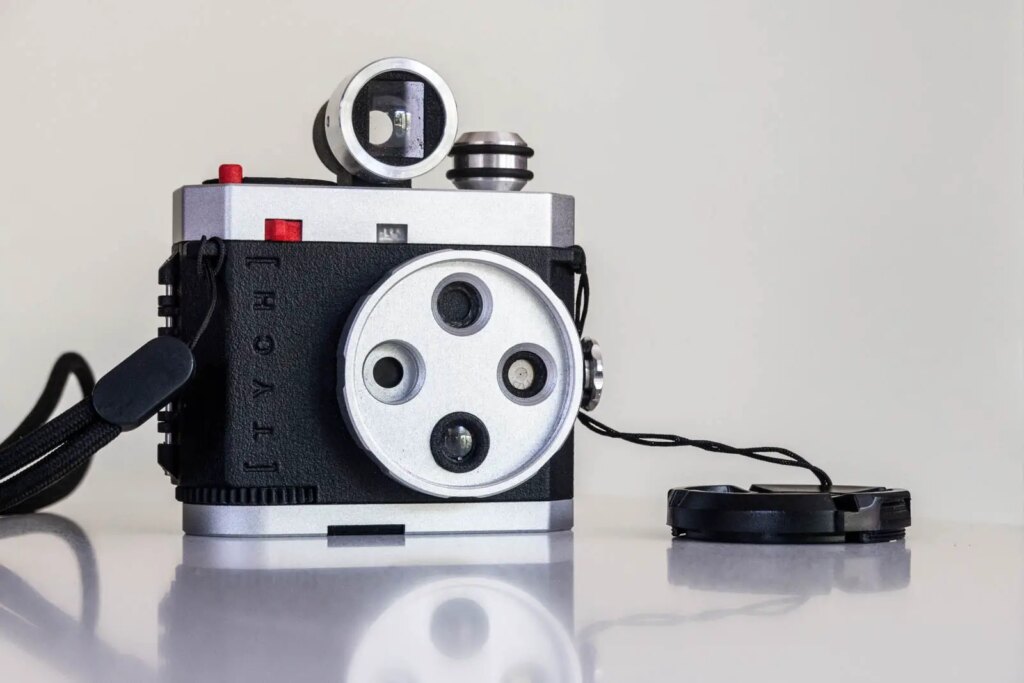
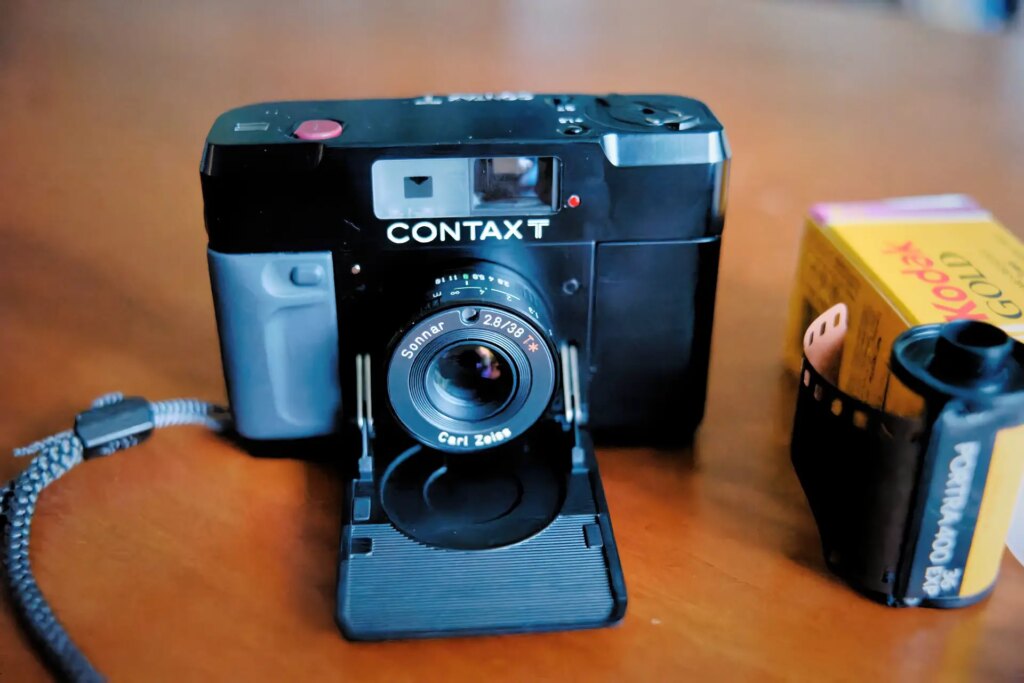




Comments
Aaron on Ricoh GR1v Review – My Final thoughts
Comment posted: 21/02/2014
Always a pleasure to read your posts and get inspired to either break out the cameras and get shooting again or, worse, start trolling for a nice copy of, in this case, a Ricoh GR.
I was wondering how you're scanning your film these days. The images on the blog really pop. Obviously it's 90% the photographer but that last little bit...are you using a scanner? Doing much post in PS to clean things up?
Comment posted: 21/02/2014
Aaron on Ricoh GR1v Review – My Final thoughts
Comment posted: 23/02/2014
That's perfect.
You're fortunate if you can still get decent scans at what I assume is a local lab. Not sure of the cost...these days it's all about the balance. Finding "value" if you will. We've got big box labs here that may or may not do a great job but the price can't be beat. Some "pro" labs that charge through the nose and should be able to do a great job but honestly can be pretty poor to say nothing of the snotty attitude you can run into. I feel like they still cling to the memory of pros bringing in 70 rolls of film to take care of and my one or two rolls looks paltry in comparison.
I thought you might be scanning at home, as I do for the most part. I was taken with the corner performance with your scans, something my Coolscan can only match if I'm fussy. Scanning with the normal auto-feeder tends to make for slightly soft corners. I suppose I shouldn't expect my scanner to match up with a lab scanner costing $$$.
Love the site. Keep it rolling. I'm hatching a plan to put in submission this year.
Comment posted: 23/02/2014
The saga of the Ricoh GR1v - Pt1 - my tale of woe : 35mmc on Ricoh GR1v Review – My Final thoughts
Comment posted: 09/03/2014
Three Nights in Paris - 35mmc - The Compact 35mm Camera Blog on Ricoh GR1v Review – My Final thoughts
Comment posted: 09/03/2014
2wenty on Ricoh GR1v Review – My Final thoughts
Comment posted: 04/07/2016
A Ricoh GR Digital Review - a Vintage Digital Camera on Ricoh GR1v Review – My Final thoughts
Comment posted: 14/05/2018
The Contax T - My Final Word in Pocket Cameras - by Hern Tan - 35mmc on Ricoh GR1v Review – My Final thoughts
Comment posted: 21/06/2018
Ricoh GR1s review - Kosmo Foto on Ricoh GR1v Review – My Final thoughts
Comment posted: 15/04/2019
The Contax T3 Review - A regular companion - 35mmc on Ricoh GR1v Review – My Final thoughts
Comment posted: 21/04/2020